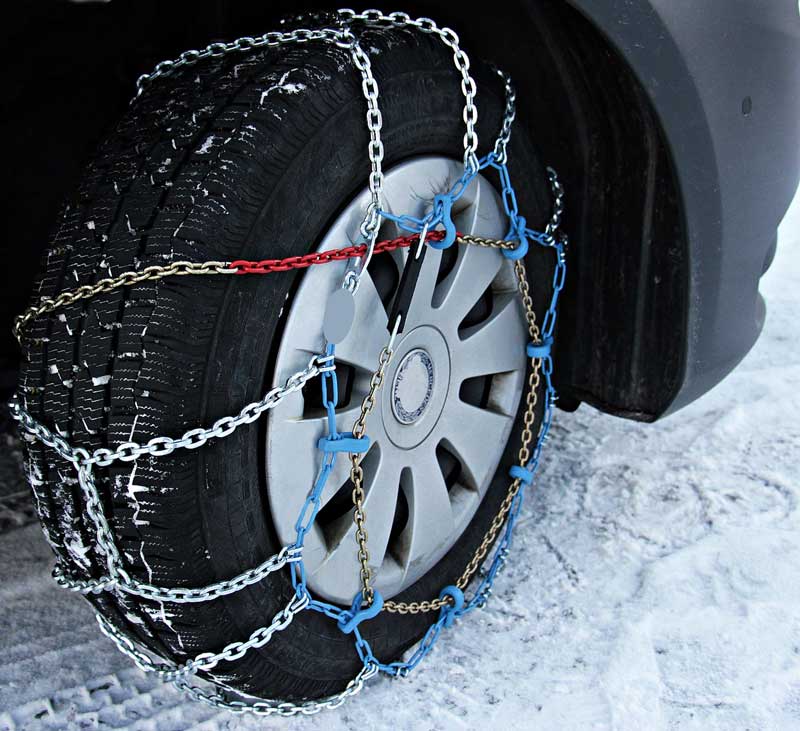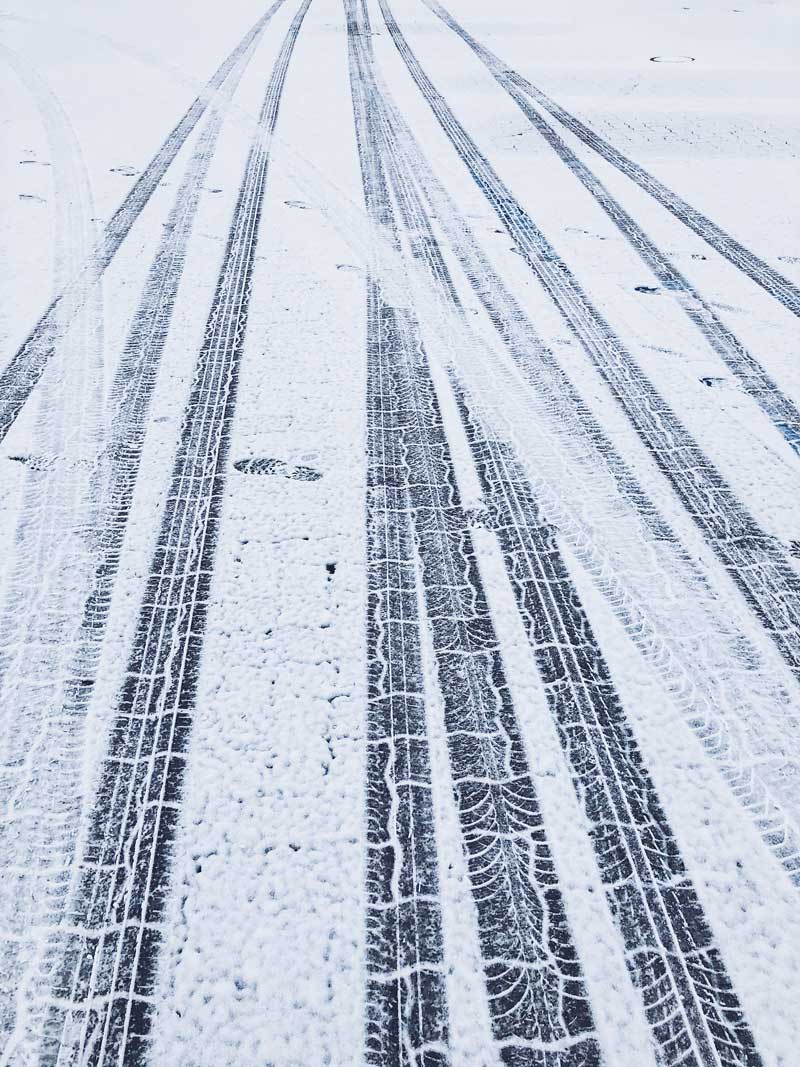by Pride Transport | Dec 15, 2021
Make A Good Trip Plan That Takes Weather into Account
Driving in winter weather usually takes longer and can be more stressful compared to driving during other seasons. If you’re running late, this may increase your stress levels and could negatively affect your driving.
So, it’s a good idea to plan out your trip before you hit the road. Check the weather before you leave. Plan to take alternate routes to avoid driving through dangerous weather conditions or in the event of road closures. For your safety and the safety of others on the road, plan on a slower drive when traveling in the winter months.
Remember Your Pre-Trip Inspection
Getting your truck prepared for winter is necessary to prevent any major problems while you’re on the road. Before each trip, make sure you complete your Department of Transportation (DOT) pre-trip inspection. A pre-trip inspection is simply a thorough check of your truck to make sure everything is working properly before you get behind the wheel. Completing your pre-trip inspection checklist can help you ensure your truck is safe before driving. It also allows you to address any potential issues before you hit the road.
Fluid levels, leaks, tires, brakes, 5th wheel, shock absorbers, clutch, ball joints, kingpins, lights, gauges, and more should all be checked during a basic DOT pre-trip inspection. Sounds like a lot, right? But trust us--every part of your truck should be weather-proofed and ready to keep you safe!
Once you’ve finished checking your truck, you can log your DOT pre-trip inspection in your log books and head out on the road. Although completing a DOT pre-trip inspection properly may take some time, it’s extremely important to respect weather and fulfill all of your safety requirements.
Make Sure You Have Working Tire Chains

When driving through snow, you’ll need working tire chains. Most states have snow tire and chain requirements, so make sure you familiarize yourself with them. If you need a quick refresher on how to use your snowchains we have recorded a video titled "The Best Instruction on Tire Chain Installation Ever". For example, in Utah, no vehicle will be permitted to use the highway between October 1 and April 30 when a designated highway is restricted unless the vehicle is equipped with the following:
- Steel link chains
- Mounted snow tires (tires with an M/S designation, can be with or without studs)
- Elastomeric tire chains designed for use with radial tires
- Four-wheel drive vehicles with at least two mounted snow tires
Utah law also states that any commercial vehicle with four- or more-wheel drives (other than a bus), is required to attach tire chains to at least four of the drive wheel tires.
Don’t Use Your Jake Brakes on an Icy Road
A Jake Brake is an engine braking mechanism installed on some diesel engines. Jake Brakes release compressed air from the cylinder and slow the truck by absorbing the engine's power. They are commonly used to control the truck speed while descending a steep grade instead of using the foot brakes and saves wear on the brakes.
However, Jake Brakes are not designed to be used on icy or slippery conditions. Truck drivers should not use their Jake Brakes on slick or icy roads.
If you do decide to use the Jake Brake in other winter conditions, make sure the tractor trailer unit is straight and lined up before engaging the Jake Brake. This will help avoid jackknifing.

Reduce Your Speed
Many accidents occur because drivers fail to adjust their speed based on current road conditions. In fact, 17 percent of all vehicle crashes happen during winter conditions. Winter driving presents additional challenges due to snow or ice on the road. While driving, you may need to reduce your speed to compensate for the poor traction. Remember, posted speed limits are for dry, ideal conditions. If it’s snowy, icy, or wet, you should be driving under the speed limit.
Additionally, driving slower will give you more time to brake or take other safety precautions if anything goes wrong. Take it easy this winter and don’t be afraid to take things a bit slower while you’re on the road.
Give Yourself Extra Stopping Distance
Trucks can weigh at least four times more than a passenger car, which means they need much more space to come to a complete stop. And that’s when you’re driving on a flat ground. If you’re driving downhill, the truck will need even more room to stop.
But did you know that a truck’s stopping distance increases in winter road conditions? Snow, ice, and rain creates a slick and slippery surface on the road that makes it more difficult for trucks to stop. Make sure you give yourself some extra stopping distance while on the road this winter.

Use Low Beams When There’s Fog
Driving in fog can be very challenging. It’s hard to see clearly, so when driving in hazy conditions, make sure you turn on your headlights. Whether driving during the day or night, you’ll want to make sure to use your low beams instead of your high beams when fog is present; this not only helps you see other vehicles but helps other drivers see you as well. It’s also very important to keep enough distance in fog and to drive slowly. You may not be able to see another vehicle or a traffic light until you’re already too close to safely come to a stop.
Listen to Your Local Radio Station
Listen to a local radio station that offers road condition information during your drive.
The station may offer alternate driving routes or important updated information such as road closures. Keep the radio at a low volume so it doesn’t interfere with your driving.
When in Doubt, Just Pull Over
If weather conditions are too extreme or if it’s too difficult to drive safely, pull over and take a break. Don’t worry too much about your schedule; no deadline is worth risking your safety to meet. Find a safe place to get off the road, wait out the weather, and don’t get back onto the road until you’re sure you can drive safely again. It’s better to take your time and make sure you can operate the truck safely than to drive in dangerous weather conditions.